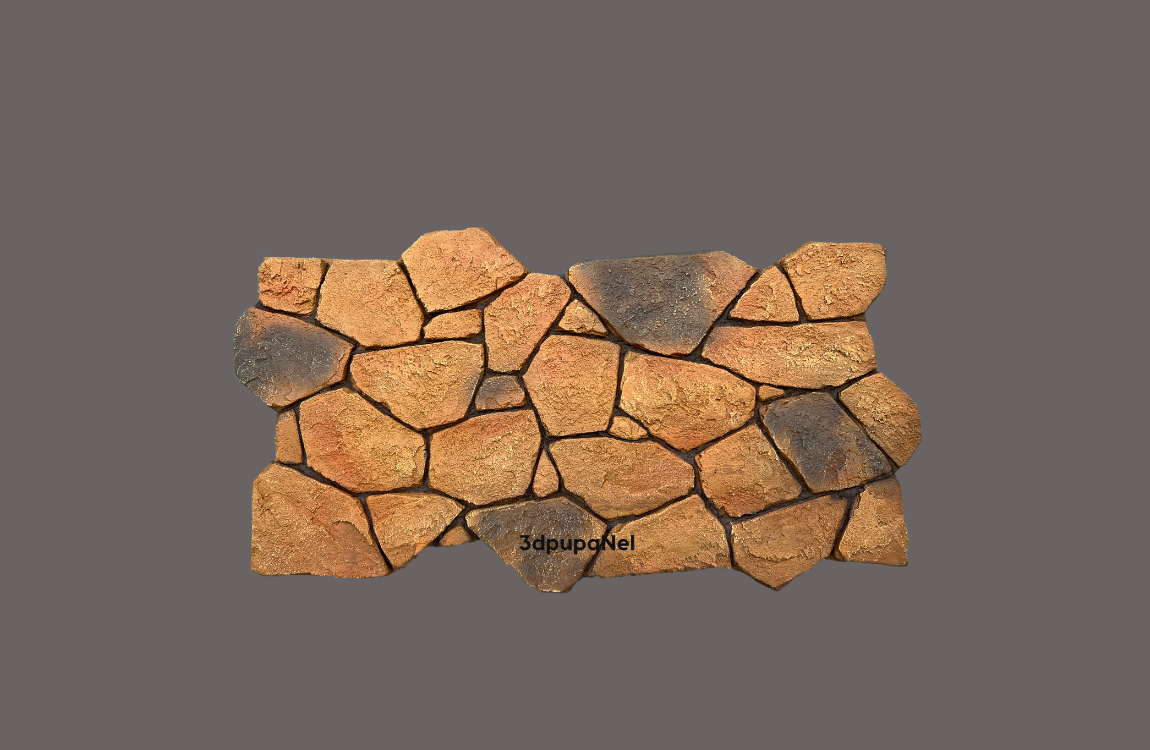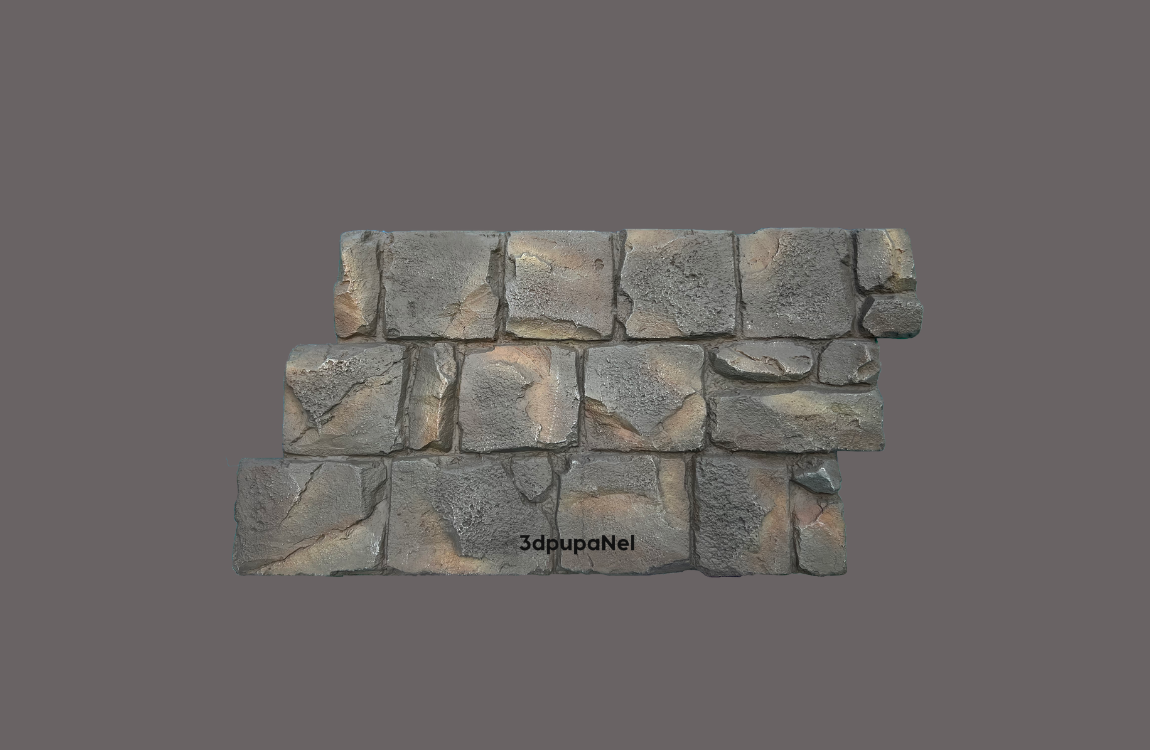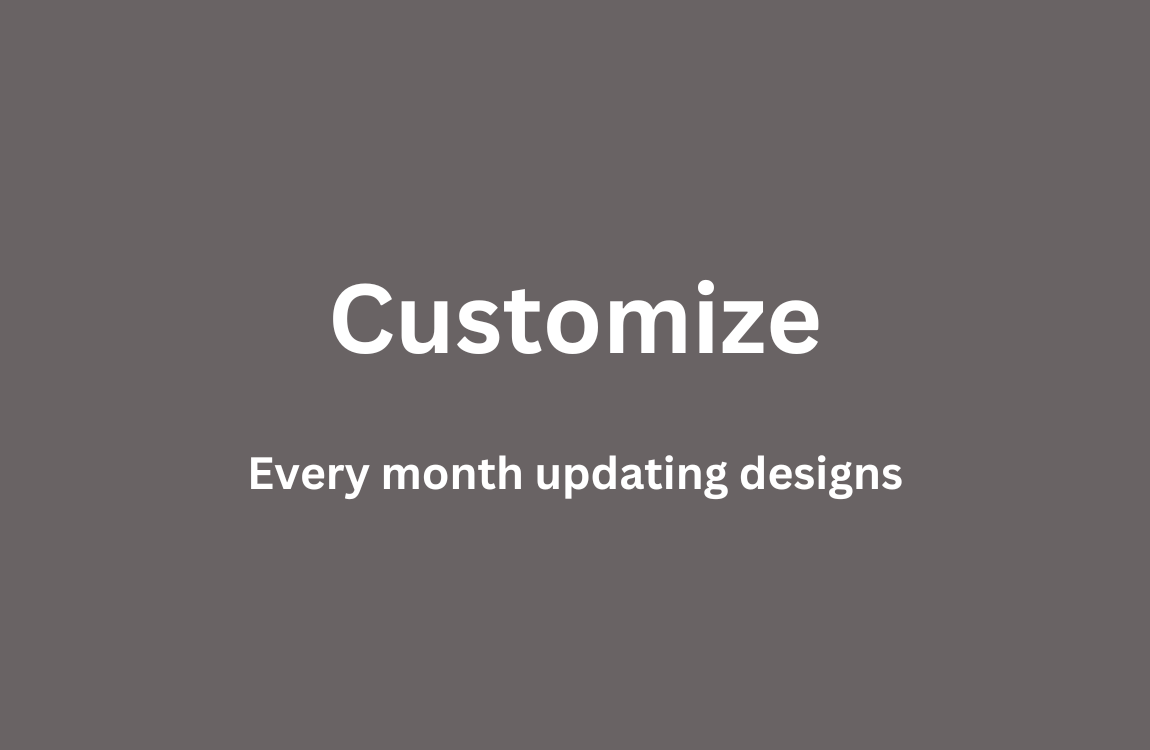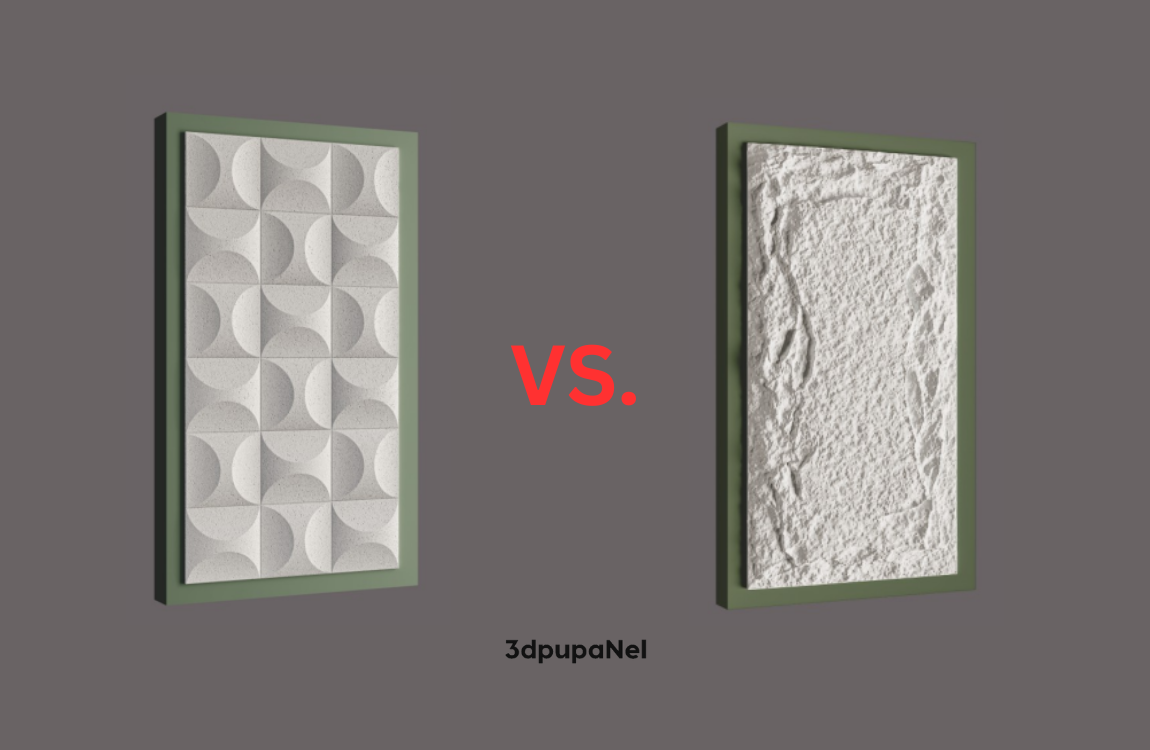10+ Years of Experience
PU STONE PANEL FACTORY
Would you be interested in details about a specific stage of the production process? Or are you exploring how to get started with manufacturing these panels?
Email Us Today:
3dpupanel@gmail.com
Providing Various kinds of Stone Texture PU Wall Panels
We located in Zhejiang Province, close to Shanghai/Ningbo/Yiwu, is well-known for its manufacturing capabilities, especially in the production of high-quality, durable PU panels and PVC panels for both interior and exterior applications. Which could provide a range of designs, textures, and finishes, offering customization to meet different design preferences and project needs!
Let’s Numbers Talk
Interior Flexible PU Stone
Stone texture PU panels offer a realistic stone appearance with the benefits of being lightweight and easy to install. Perfect for creating stylish, durable feature walls or accent spaces, they bring a sophisticated touch to any interior.
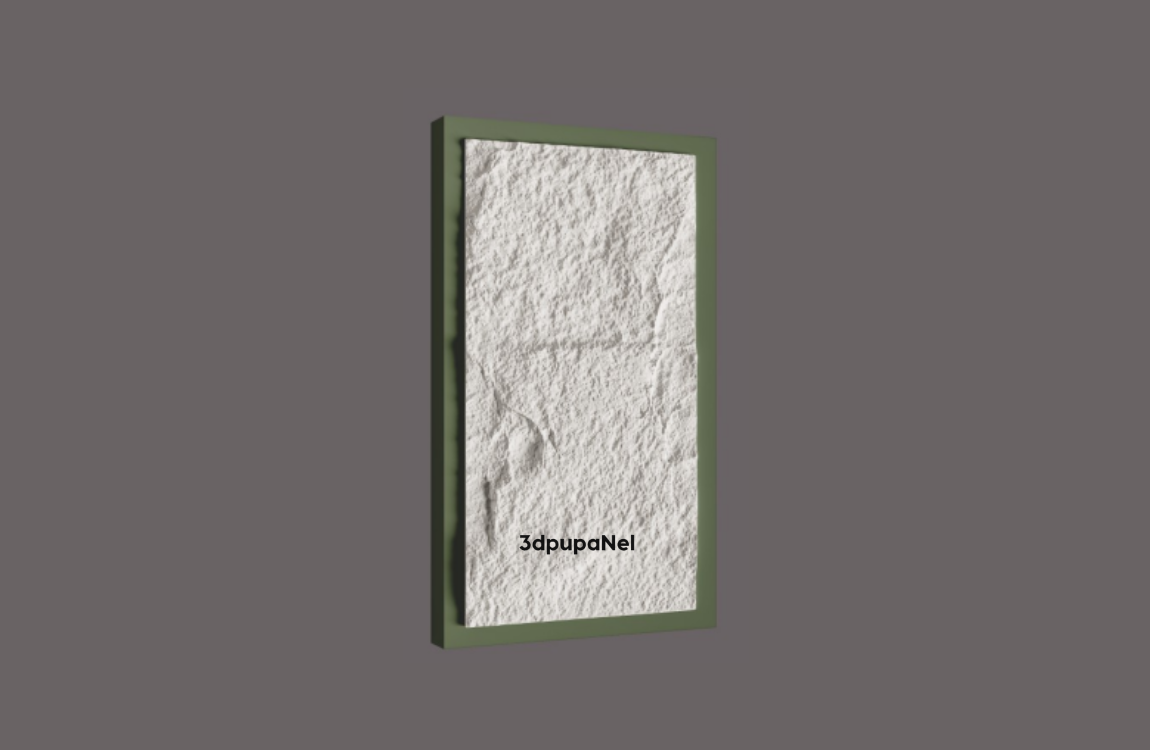
PU Stone (16mm)
Stone texture, 60x120cm, 16mm, light weight
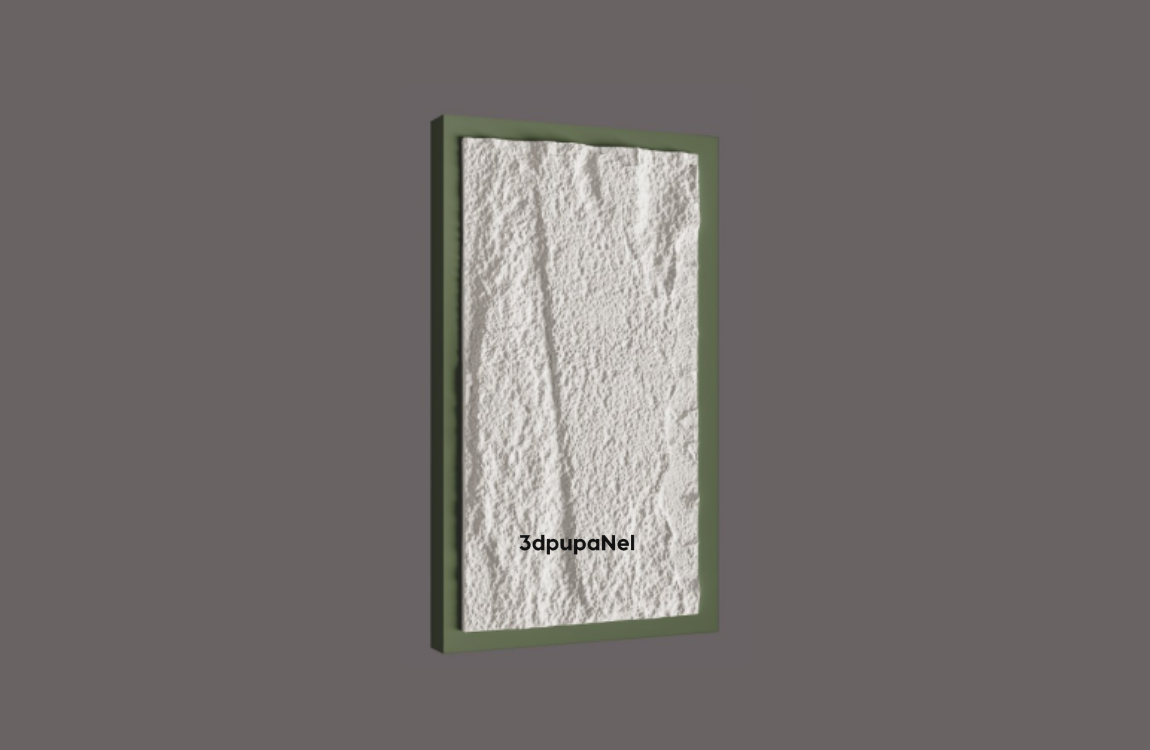
PU Stone (30mm)
Stone texture, 60x120cm, 30mm, light weight
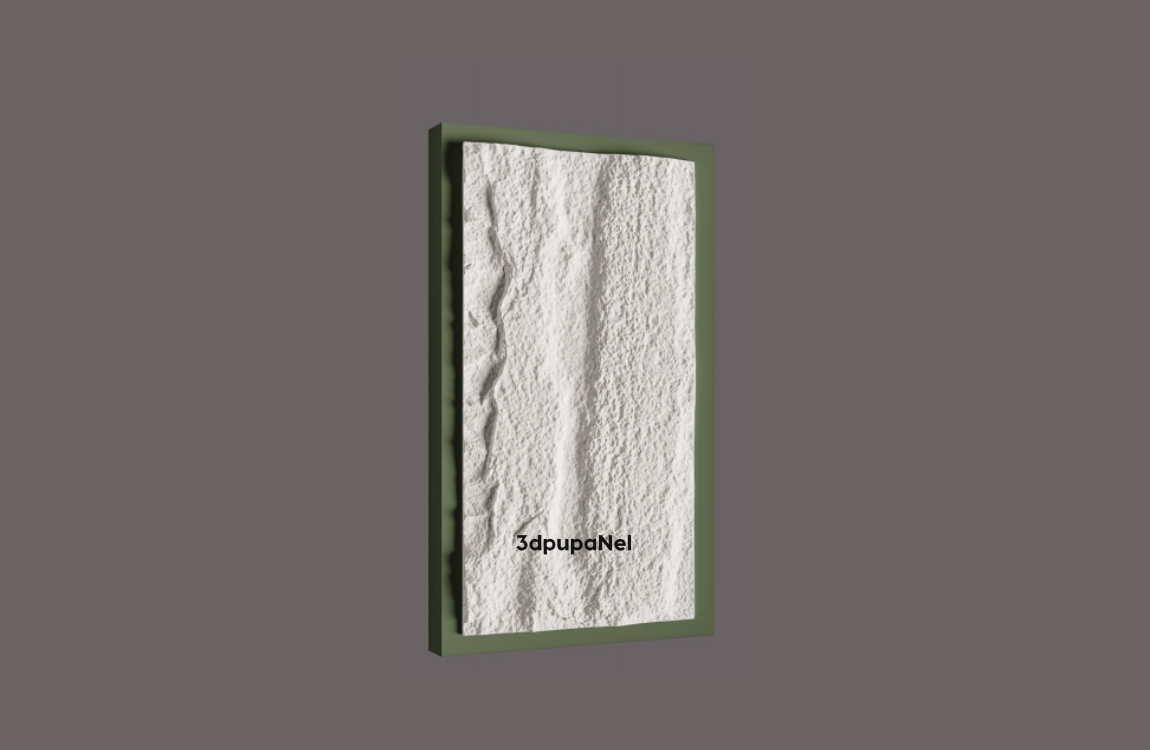
PU Stone (50mm)
Stone texture, 60x120cm, 50mm, light weight
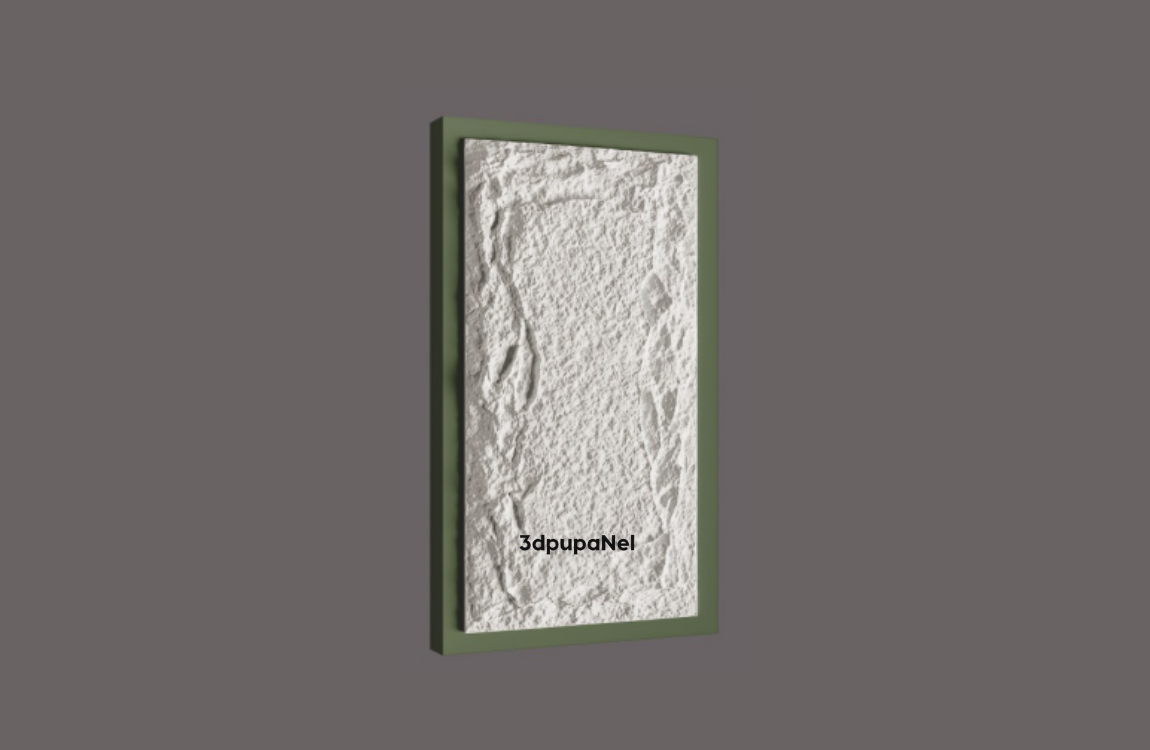
PU Mushroom (50mm)
Mushroom stone texture, 60x120cm, 50mm
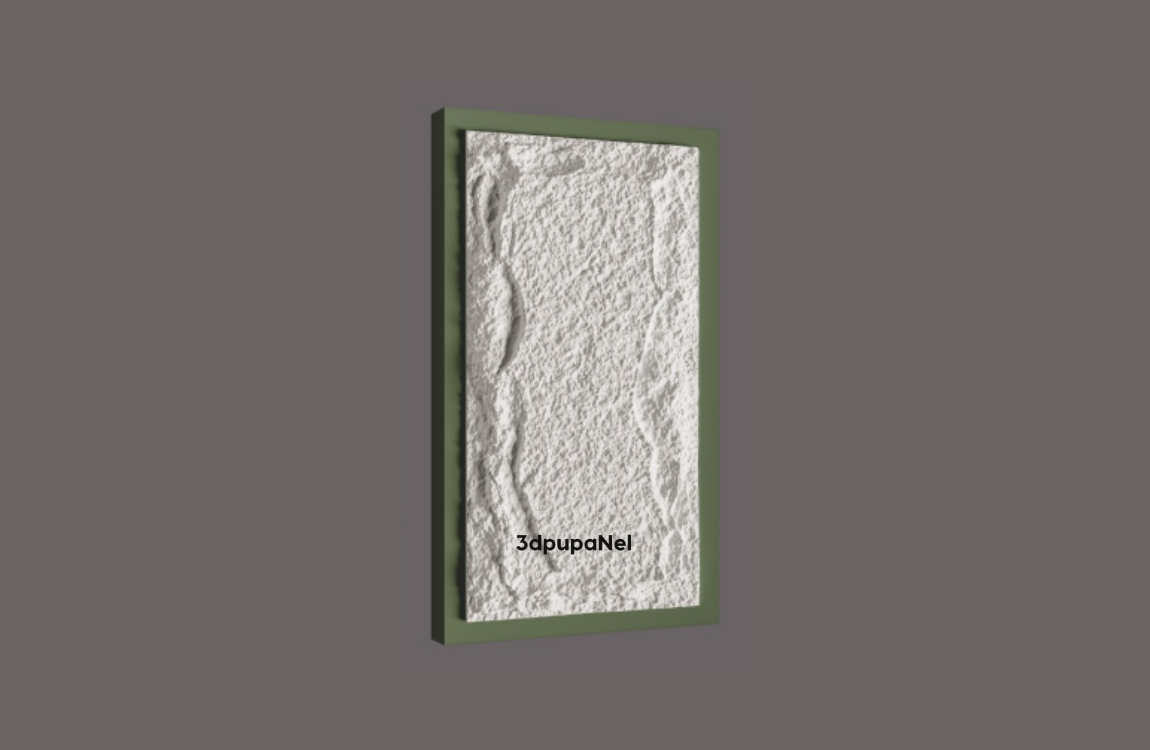
PU Mushroom (60mm)
Mushroom stone texture, 60x120cm, 60mm
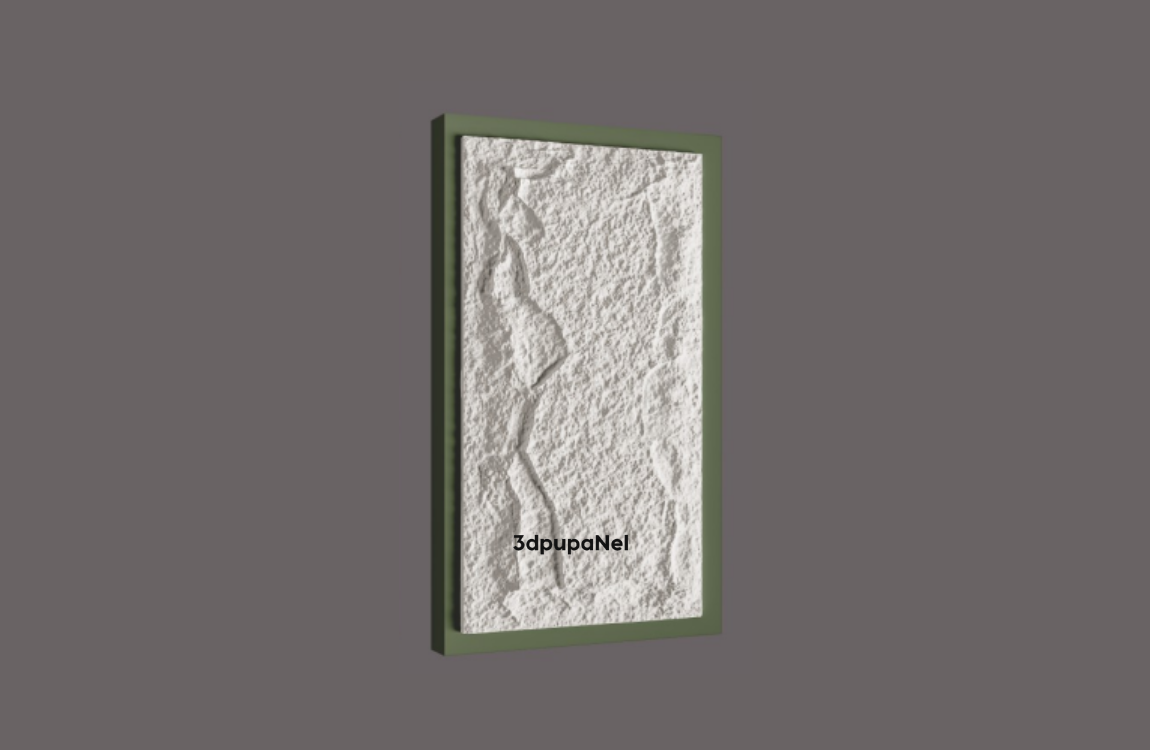
PU Mushroom (80mm)
Mushroom stone texture, 60x120cm, 80mm
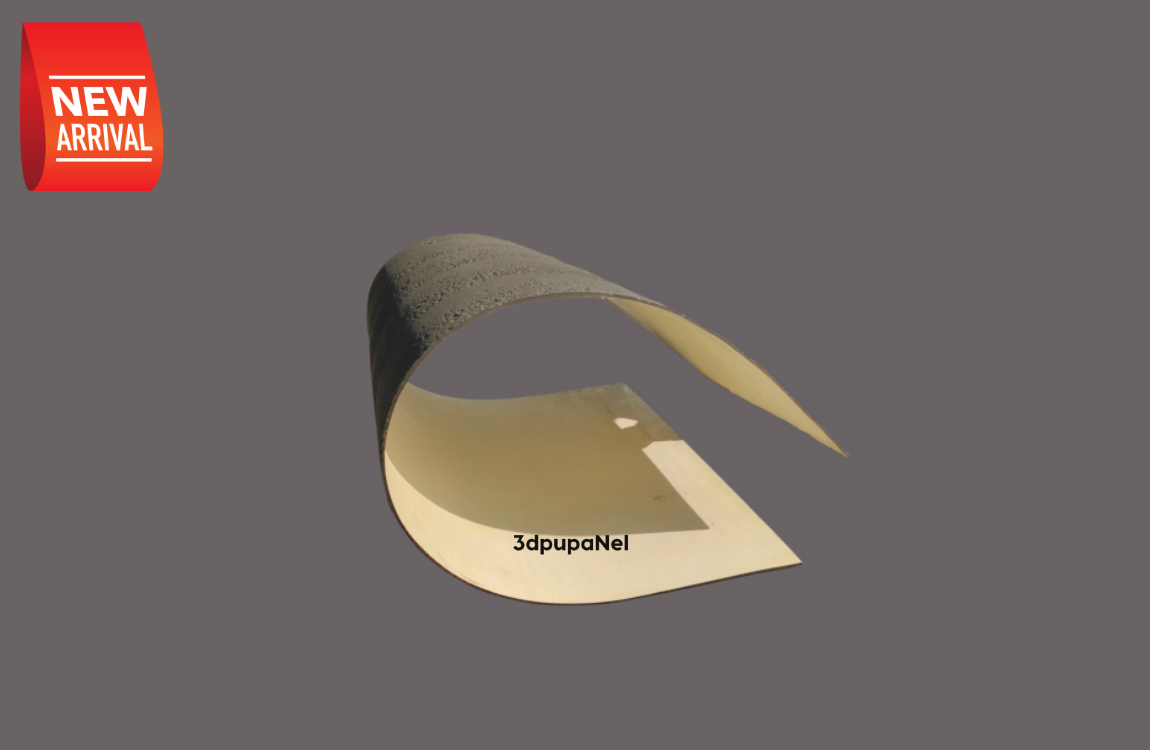
PU Super thin Stone tile (4mm)
Ceramic stone texture, 60x120cm, 3-8mm
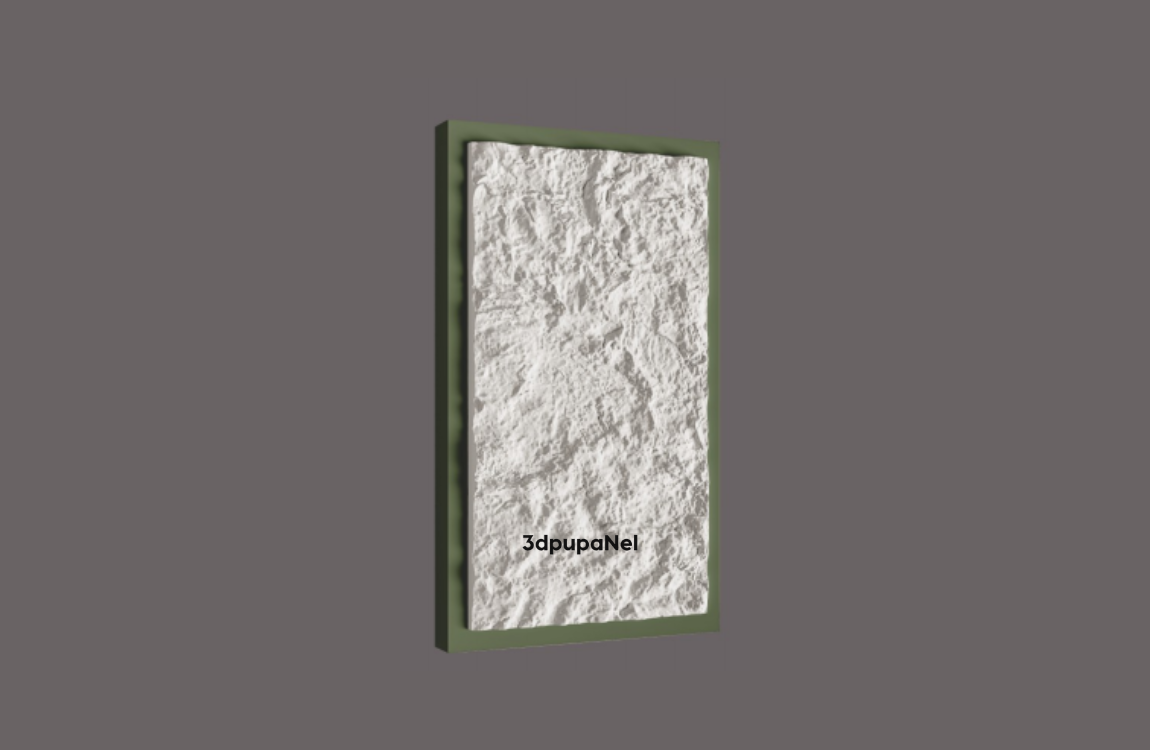
PU Rockstone (35mm)
Rock stone texture, 60x120cm, 35mm
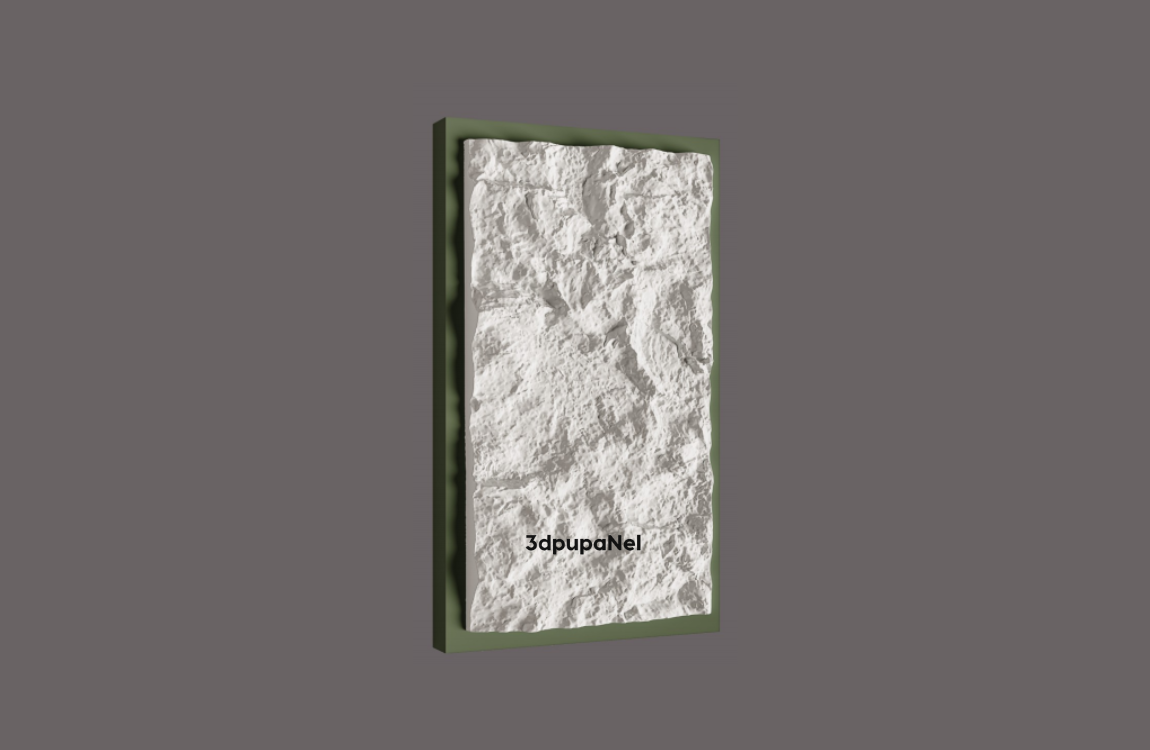
PU Rockstone (56mm)
Rock stone texture, 60x120cm, 56mm
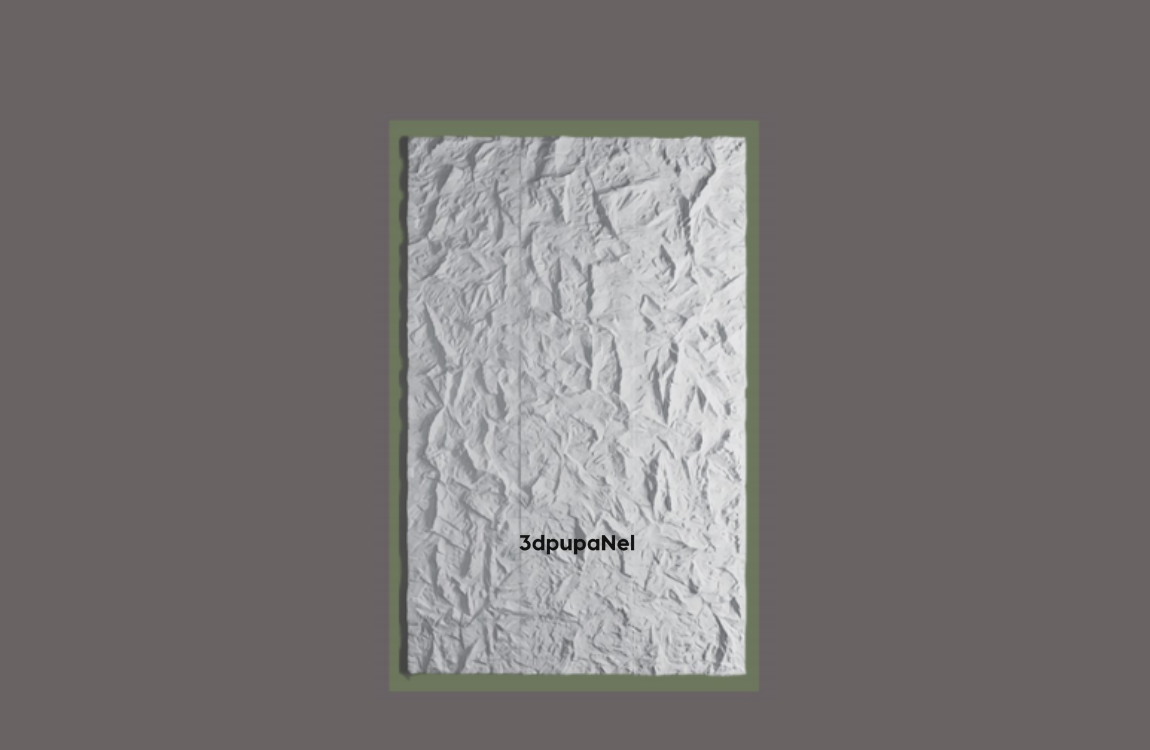
PU Panel big
290x60cm, 50mm | A B C shape
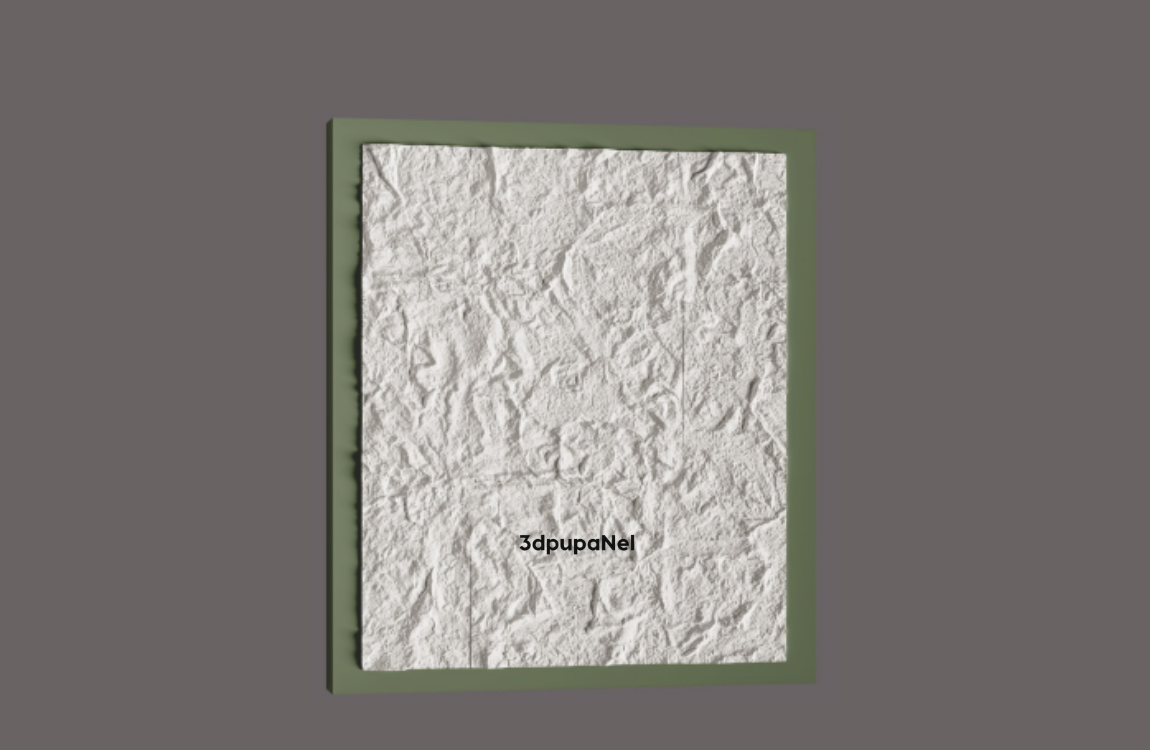
PU Panel big
290x60cm, 45mm | A B C D shape
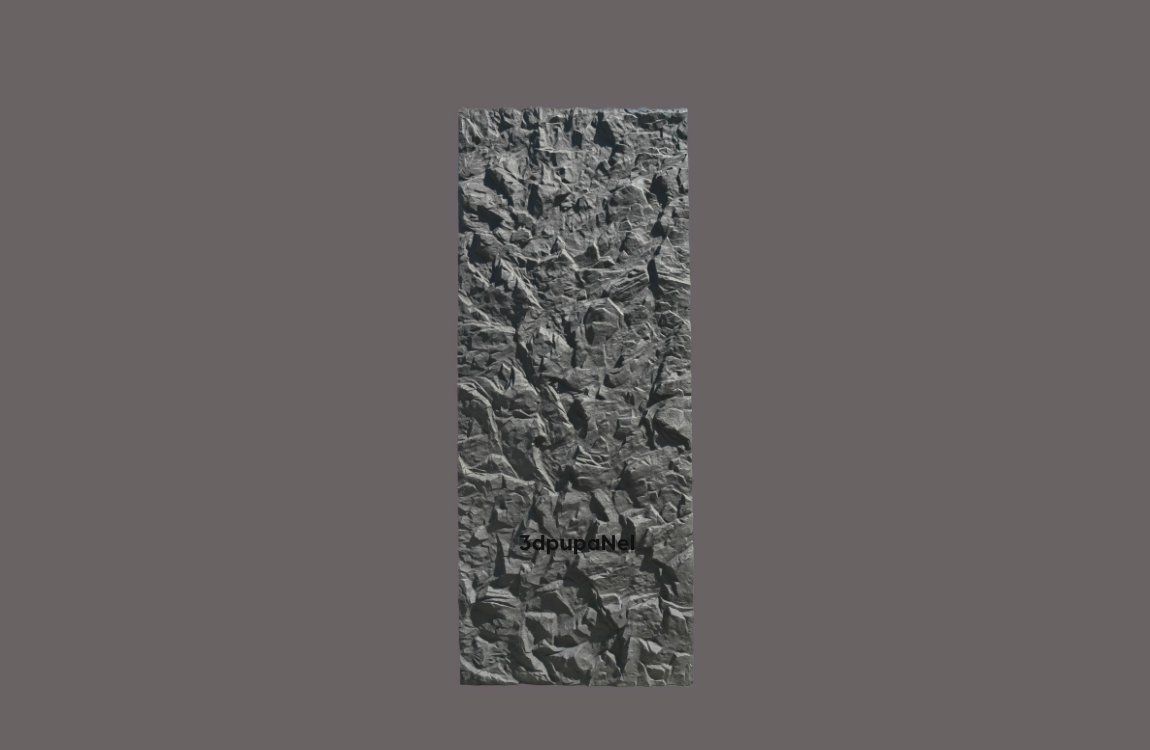
PU Big Panel
300x120cm, 60mm , One full piece
Customized different Colors
Exterior Faux Stone Panel
Exterior faux stone panels offer a lightweight, cost-effective alternative to traditional stone cladding, with the same aesthetic appeal. Made from durable PU, they resist weathering and moisture, making them ideal for outdoor use while being low-maintenance and easy to install.
Latest and Various Installation
3d PU Stone Panels Decoration Projects Gallary
Testimonial
Why Choose Us
What Sets Us Apart
Perfection Anytime
It suggests that your panels deliver flawless results consistently, whether it’s for residential or commercial projects.
24/7 Communication
"We’re Here for You Anytime – 24/7 Support at Your Fingertips."Every contact will be fast action!
Superior Quality
We use high-grade materials like PU and WPC, ensuring durability and a realistic, sophisticated finish.
Effortless Installation
Lightweight and pre-fabricated, our panels are designed for quick, easy, and cost-effective setup.
Advance Technology
"Crafted with Advanced Technology for Unmatched Quality and Durability." "Leading the Way with Advanced Technology in Panel Production."
Experienced Team
Backed by 15+ years of expertise, we provide professional support from selection to installation.
F.A.Q.
More questions concerned by buyer ?
Before shipping, 3D PU panels are typically packed to ensure they arrive safely and undamaged. Here’s how they are generally packed:
Individual Wrapping: Each panel is often wrapped in protective plastic or bubble wrap to prevent scratches, dents, or damage during transit.
Foam or Cardboard Inserts: To provide extra cushioning and stability, foam inserts or cardboard dividers are placed between panels to keep them from shifting in the box.
Sturdy Boxes: The panels are then placed in strong, durable cardboard boxes that are sized to fit the panels snugly. This prevents movement and minimizes risk of impact during handling.
Sealing: The boxes are securely taped or sealed to ensure no items are lost or damaged during the shipping process.
Labeling: Finally, shipping labels are applied with clear handling instructions (e.g., “Fragile” or “This Side Up”) to guide proper care during transportation.
When comparing 3D PU panels to plaster, the two materials offer distinct advantages and drawbacks, each suitable for different design preferences and installation needs. Here’s a breakdown:
1. Material Composition
- 3D PU Panels: Made from polyurethane, a synthetic material that is lightweight, flexible, and comes in various textures and designs (including 3D patterns).
- Plaster: A traditional material made from a mixture of lime, gypsum, or cement and water. It hardens to create a smooth, durable surface, often used for wall finishes or molding.
2. Weight and Installation
- 3D PU Panels: Very lightweight and easy to install. They typically require adhesive for mounting, which means no heavy lifting or complicated tools are needed.
- Plaster: Heavier and more labor-intensive. Plaster application requires professional skills to ensure a smooth finish, and the curing process can take longer. It’s usually applied directly to the wall or as a mold.
3. Durability and Maintenance
- 3D PU Panels: Durable but prone to scratching or denting from impacts. They are moisture-resistant but may not perform as well as plaster in extremely high-humidity areas. Easy to clean with a damp cloth.
- Plaster: Very durable when applied correctly but can crack or chip if impacted. It’s resistant to mold and mildew, making it ideal for areas with high humidity, like bathrooms. However, it can be harder to repair if damaged.
4. Aesthetic Appeal
- 3D PU Panels: Offers a variety of textures and intricate 3D designs, ideal for creating feature walls, accent pieces, or contemporary looks. It gives a more modern, customizable aesthetic.
- Plaster: Has a timeless, classical appeal and is often used for smooth finishes or decorative molding. It offers a more traditional or rustic look, depending on the finish.
5. Cost
- 3D PU Panels: Generally more affordable, especially when considering ease of installation and the materials required.
- Plaster: More expensive, as it requires skilled labor for proper application and can take longer to install.
6. Environmental Impact
- 3D PU Panels: Often made from synthetic materials, which may not be as eco-friendly. However, some brands are moving towards more sustainable options.
- Plaster: Made from natural materials, making it a more eco-friendly option in comparison.
7. Maintenance and Repair
- 3D PU Panels: Can be easily replaced or repaired if damaged. Minor scratches or dents may be less noticeable with proper care.
- Plaster: If cracked, repairs can be more challenging, requiring patching and re-surfacing, but the overall finish can be restored with the right tools.
Comparing 3D PU panels with soft ceramic tiles reveals distinct differences in material, installation, durability, aesthetics, and cost. Here’s a detailed comparison:
1. Material Composition
- 3D PU Panels: Made from lightweight polyurethane, often reinforced with fillers like fiberglass. These panels are flexible and come in a variety of 3D textures and designs.
- Soft Ceramic Tiles: Made from clay, minerals, and other natural materials, soft ceramic tiles are more flexible than traditional ceramics and offer a smooth finish, often with a slightly softer texture compared to rigid ceramic tiles.
2. Weight and Installation
- 3D PU Panels: Very lightweight and easy to install with adhesive. Installation is usually straightforward and does not require special tools or expertise.
- Soft Ceramic Tiles: Heavier than PU panels and require professional installation. Installation may involve adhesive, grouting, and cutting tiles to fit. It can take more time and effort.
3. Durability and Maintenance
- 3D PU Panels: Durable but prone to scratches, dents, and damage from sharp impacts. They are moisture-resistant but may not perform as well as ceramics in very humid environments. Easy to clean with a damp cloth.
- Soft Ceramic Tiles: More durable than PU panels, especially in high-traffic or wet areas. Ceramic is resistant to scratches, stains, and water, making it ideal for kitchens and bathrooms. However, grout lines require regular cleaning to prevent buildup.
4. Aesthetic Appeal
- 3D PU Panels: Available in various 3D textures and patterns, creating an artistic, modern, or statement-making look. Ideal for feature walls, accent walls, and interior designs that need texture.
- Soft Ceramic Tiles: Typically smoother, with a variety of finishes such as matte, glossy, or textured. They offer a more traditional, clean, and polished look, but might not have the same 3D impact as PU panels.
5. Cost
- 3D PU Panels: Generally more cost-effective due to lower material costs and easier installation. You save on labor costs as well since installation is DIY-friendly.
- Soft Ceramic Tiles: Usually more expensive, particularly when factoring in both material and installation costs. Ceramic tiles can be pricey depending on the design and brand.
6. Environmental Impact
- 3D PU Panels: PU panels are made from synthetic materials, which might not be as environmentally friendly as ceramics. However, some brands are moving toward more sustainable manufacturing.
- Soft Ceramic Tiles: Ceramic is made from natural materials, making it a more eco-friendly option. The production process can be energy-intensive but is generally considered greener than synthetic alternatives.
7. Versatility
- 3D PU Panels: Highly versatile, perfect for walls, ceilings, or decorative accents in any room. They can be used in residential and commercial spaces.
- Soft Ceramic Tiles: Versatile as well but mainly used for floors and walls. They excel in wet or high-traffic areas and are ideal for bathrooms, kitchens, and entryways.
Yes, PU Stone Panels are available for both interior and exterior use, but with some considerations:
Interior Use:
- PU Stone Panels are very popular for interior applications like feature walls, accent walls, ceilings, and even decorative furniture. They come in various textures (like stone, brick, or geometric patterns) and are easy to install with adhesive.
- Advantages: Lightweight, easy to handle and install, and versatile in design.
- Maintenance: Easy to clean and maintain, ideal for dry environments like living rooms, bedrooms, and offices.
Exterior Use:
- PU Stone Panels are also available for exterior applications, such as facades, outdoor feature walls, garden walls, and patio areas.
- Advantages: While they are lightweight, they still offer the stone-like look that adds texture and beauty to outdoor spaces.
- Considerations: Not all PU panels are designed to withstand extreme weather conditions (e.g., heavy rain, direct sunlight, or freezing temperatures). If you’re considering outdoor use, be sure to choose panels that are specifically UV-resistant and weatherproof.
Key Differences for Exterior Use:
- Durability: Exterior-grade panels are specially designed to withstand outdoor elements, with UV protection to prevent fading and water resistance to handle moisture.
- Installation: Exterior applications often require more secure mounting systems (like screws or more robust adhesives) and might need special coatings for extra protection against the elements.
For Zhejiang Haining, the closest major ports would be:
1. Port of Ningbo-Zhoushan:
- Located about 50-60 kilometers southeast of Haining, this is one of the busiest ports in China and a major international shipping hub.
2. Port of Shanghai:
- While further than Ningbo, the Port of Shanghai is still accessible, about 150 kilometers from Haining, and offers excellent international connectivity.
2. Port of yiwu:
Train transportation from Yiwu is a key part of China’s “Belt and Road Initiative” and offers a fast, reliable alternative for shipping goods across various countries in Europe, Central Asia, and beyond. The Yiwu-Cantral Asia-Europe Railway connects Yiwu to multiple international destinations via rail, with specific ports used for final sea transport.
Key Countries Served by Trains from Yiwu:
- Russia: Yiwu to Moscow (via Kazakhstan) is one of the most popular routes, connecting China’s manufacturing hub to Russia.
- Germany: Yiwu to Duisburg, Germany, is another major route that connects China to Europe, with fast transit times.
- Poland: Yiwu to Warsaw is another important European route.
- Belarus: The train also runs to Minsk, Belarus, a key point for European distribution.
- Kazakhstan, Uzbekistan, and other Central Asian countries: Yiwu trains pass through these countries to reach further destinations like Tajikistan, Kyrgyzstan, and Turkmenistan.
Key Ports for Sea Transport (after train arrival):
- Duisburg, Germany: After reaching Duisburg, goods can be transferred to sea freight to other European destinations.
- Moscow, Russia: From Moscow, products can be moved to Russia’s seaports like St. Petersburg or Vladivostok.
- Warsaw, Poland: Goods can be shipped to Gdansk or other ports in Poland for sea transport to Europe or beyond.
- Minsk, Belarus: Goods can be sent to Baltic Sea ports, like Klaipeda in Lithuania.
Advantages of Yiwu Train Routes:
- Speed: Rail transport from Yiwu to Europe can take as little as 12-16 days, much faster than sea freight (which can take 30+ days).
- Cost-effective: Cheaper than air freight, while faster than sea freight.
- Environmental: More eco-friendly than shipping by sea or air.
Both ports are well-connected to global shipping routes, so you should have no problem with export logistics. Let me know if you need more details about either port or shipping options!
Contact Us
Knock us for more details and explore how our innovative 3D panels can transform your space ! Come on !
Request a Free Estimate
The combination of aesthetic appeal, practical functionality, and sustainability positions PU stone decorative panels as a strong contender in the building materials market in the coming years !
Interior and Exterior Use: As PU stone panels are increasingly recognized for their aesthetic appeal and ease of installation, they will continue to be a go-to material for both interior (walls, ceilings) and exterior (facades, landscaping) applications. As the demand for stylish, durable, and eco-friendly interior and exterior design options continues to grow !
Address
Yuanhua, Haining, Zhejiang, China
Call Us
+86
Email Us
3dpupanel@gmail.com
Free Consulating Service 24/7
+1 123 111 2345

